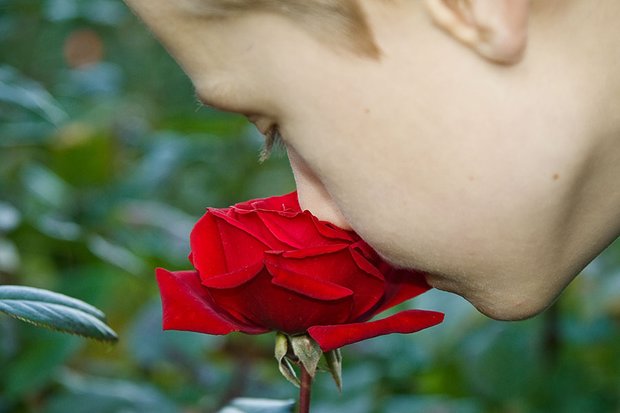Smell
Add to My Folder
Focus on the sense of smell as a starting point for cross-curricular activities.

Sometimes our sense of smell can get a bit overlooked. We recognise the importance of sight and hearing, but is our sense of smell all that vital to us? The thing is, our sense of smell doesn’t stand alone, it tends to affect other areas of our lives – it affects our perceptions and memories of time and place, evoking memories of times gone by, making our experiences feel that little bit better – or worse!
What do smells remind us of?
What’s your favourite smell? Fir trees at Christmas? Freshly baked bread? Or perhaps it’s your mum’s coconut scented hand cream. And what about least favourite smells? There are some smells that some people love and other people hate, such as the smell of petrol or bleach. But some smells are just plain horrible – and we’re all in agreement here; dirty nappies and mouldy food are not good fragrances – why is this? Why do you think we’ve evolved to find some smells bad and some smells good?
Try the following activity to see if everyone in your class agrees on which smells are nice and which smells are nasty!
You will need- A selection of substances for children to smell – some nice, some not so nice, and some which depend on individual preference. For example, body spray or perfume, vanilla essence, freshly toasted bread, strong coffee, boiled Brussels sprouts, tinned tuna, vinegar, and raw onion
- Blind folds or eye masks
- Cotton wool balls
- Paper and pens
Scholastic Resource Bank: Primary - join today!
- Over 6,000 primary activities, lesson ideas and resources
- Perfect for anyone working with children from 5 to 11 years old
- Unlimited access from just £1.25 per month
Already a member? Sign in below.
Published 26 December 2015
Reviews
You need to be signed in to place a review.